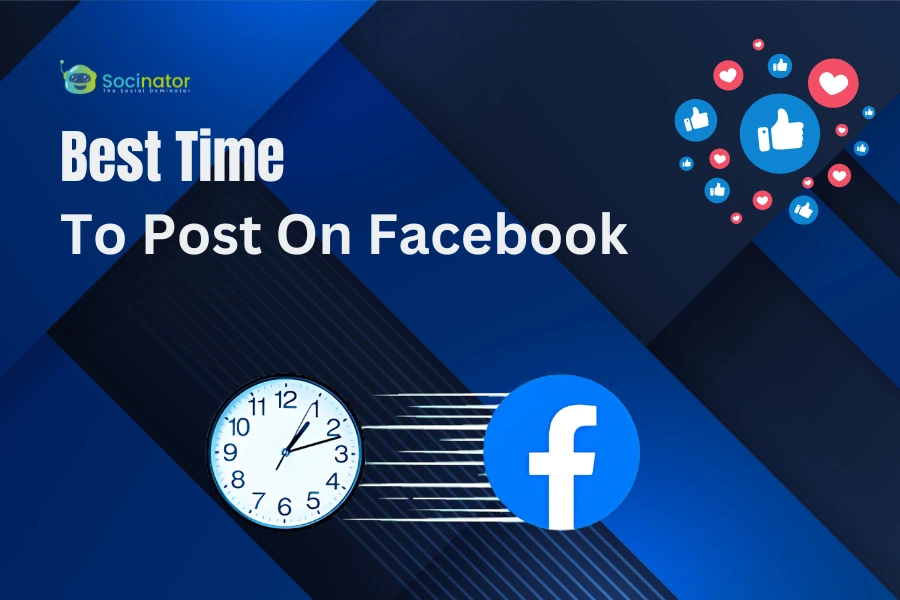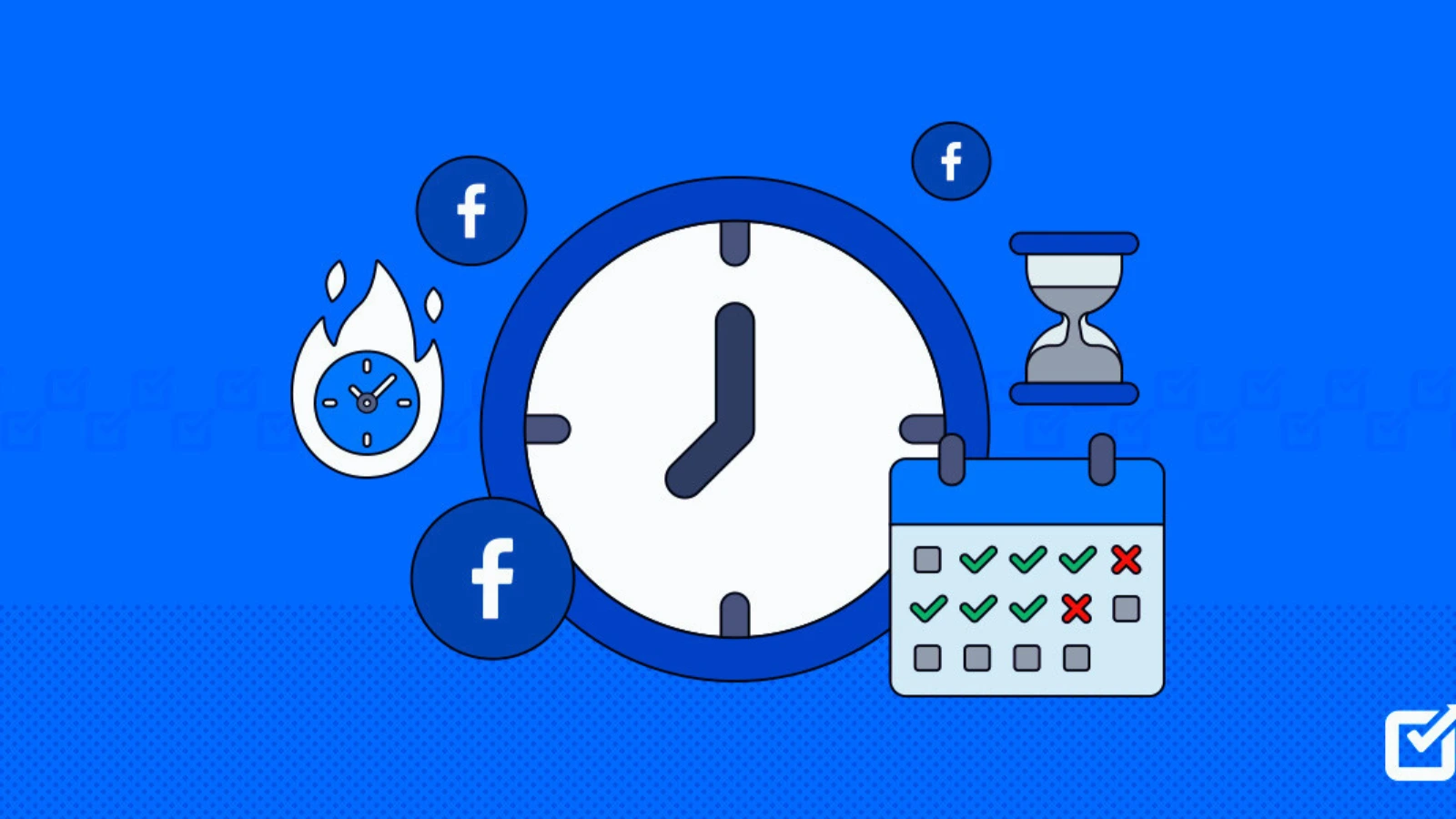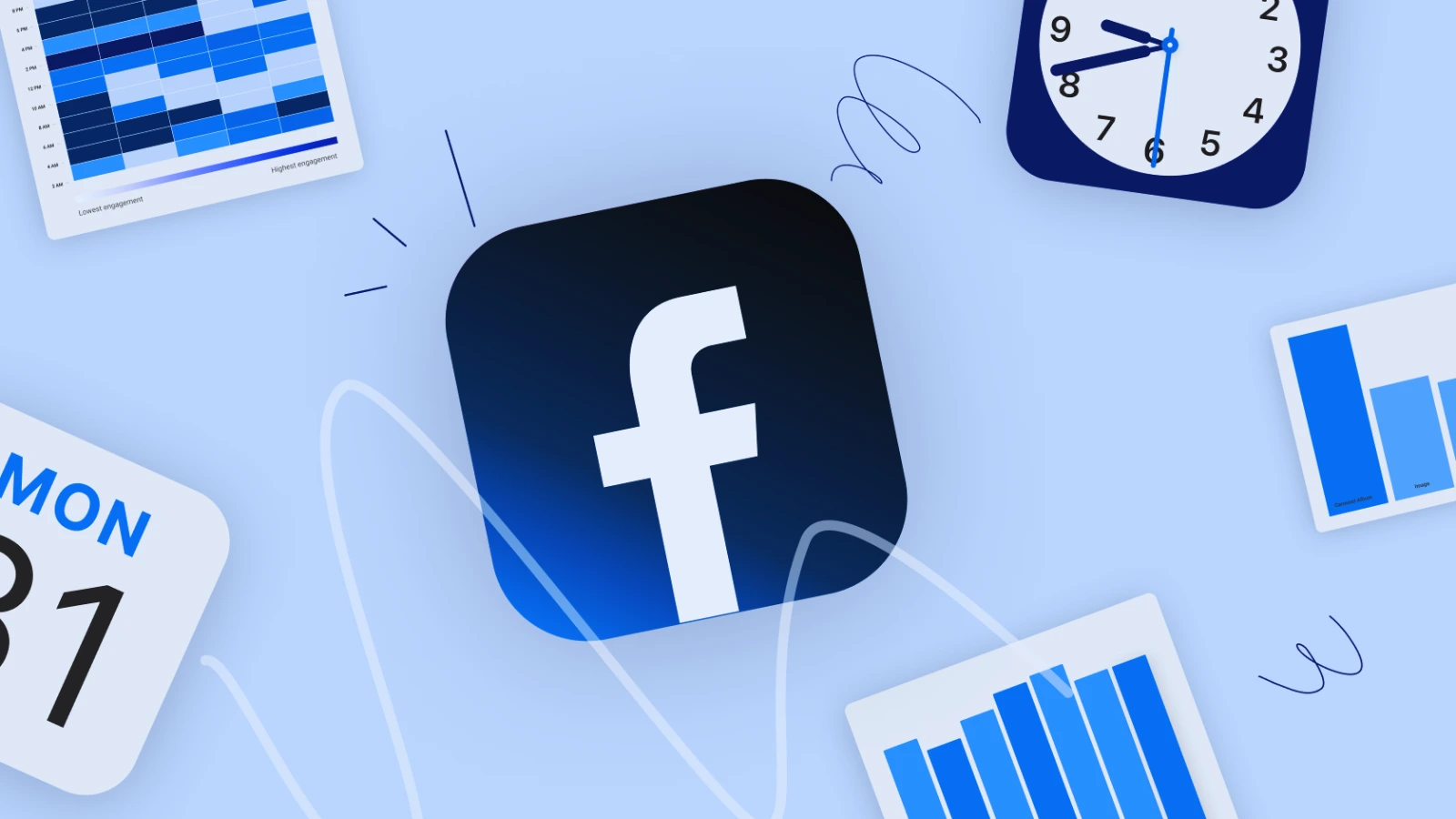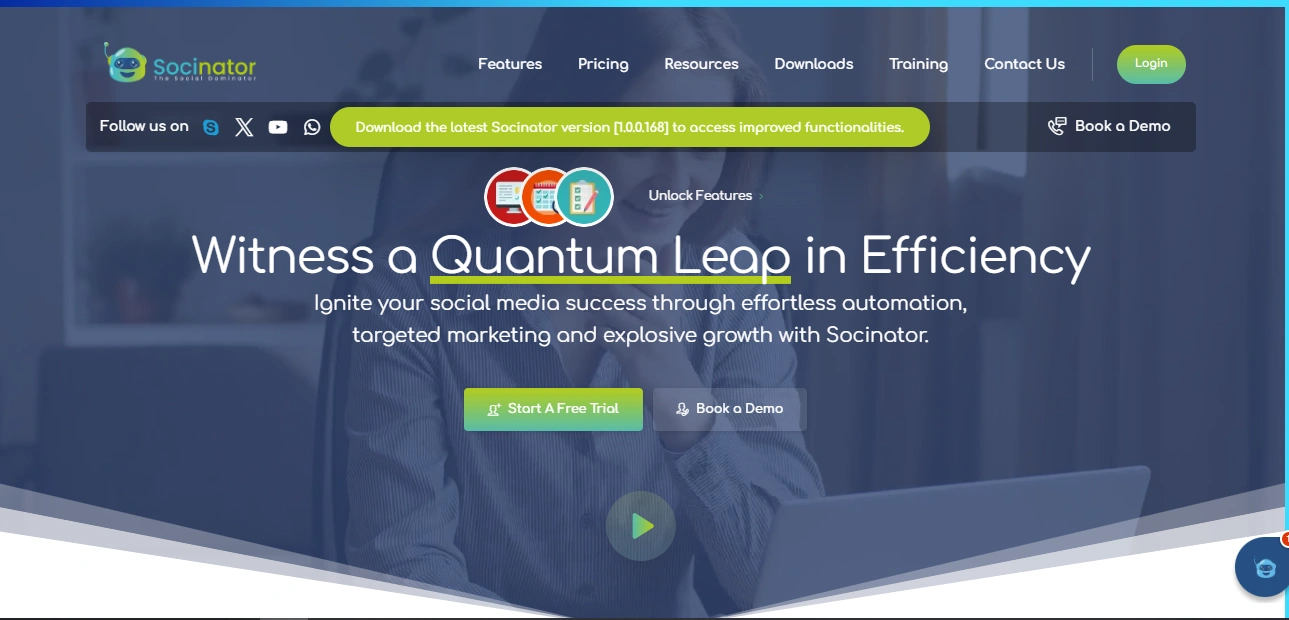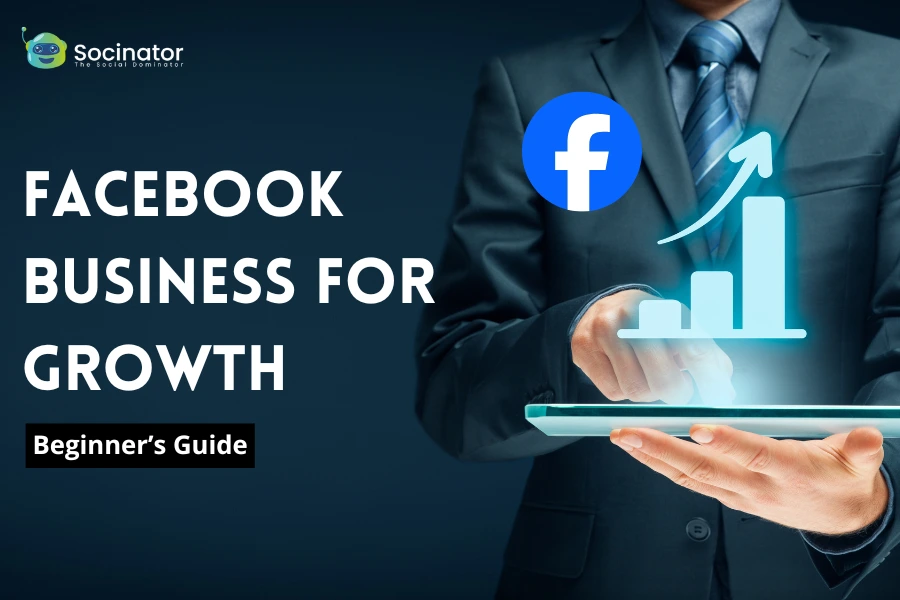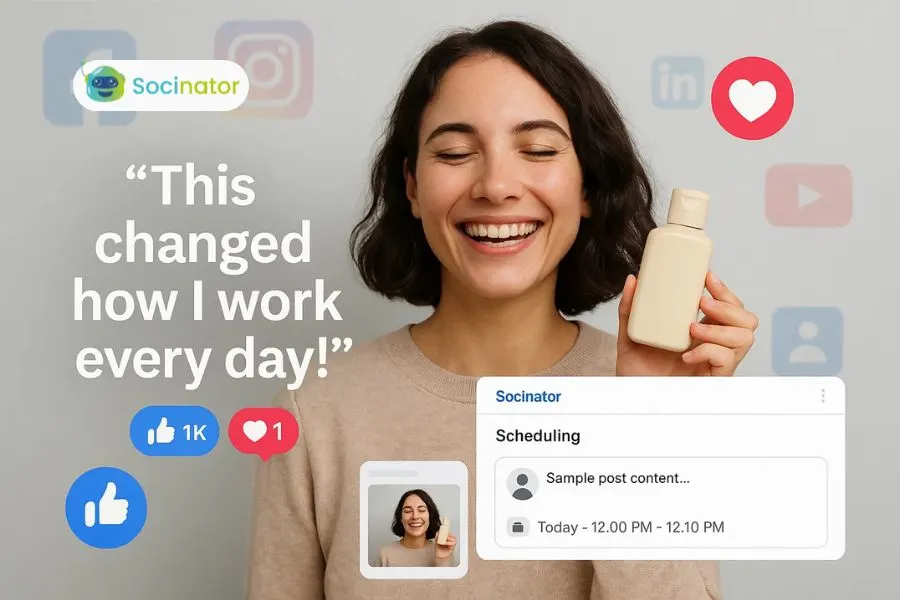Facebook remains a powerhouse in social media, with over 3 billion monthly active users. For marketers, businesses, and content creators, understanding the best time to post on Facebook can be the difference between a viral post and one that gets lost in the feed. But with so many factors at play—industry, audience behavior, and content type—how do you determine the optimal posting schedule?
In this blog, we’ll dive deep into the data, explore industry-specific insights, and provide actionable tips to help you find the day and best time to post on Facebook. Whether you’re aiming for likes, shares, or comments, this guide will equip you with the knowledge to refine your Facebook marketing strategy.
Let’s get started.
Listen To The Podcast Now!
Why Timing Matters On Facebook?
Facebook’s algorithm prioritizes content that generates engagement. The more likes, comments, and shares your post receives shortly after publishing, the more likely it is to appear in your audience’s feed. This makes timing a critical factor in your social media strategy.
But timing isn’t just about posting when your audience is online. It’s about understanding their habits, routines, and preferences. For instance, posting during lunch breaks or after work hours might yield better results than posting late at night.
To help you navigate this, we’ve analyzed data and trends to identify the best times to post on Facebook for maximum engagement. Let’s break it down.
When Is The Best Time To Post On Facebook?
Based on extensive research and data analysis, the best time to post on Facebook generally falls during weekdays, particularly mid-morning to early afternoon. Here’s a day-by-day breakdown:
- Mondays: 9 a.m. to noon
- Tuesdays: 9 a.m. to 2 p.m. and 5 p.m.
- Wednesdays: 9 a.m. to 3 p.m. and 5 p.m.
- Thursdays: 8 a.m. to 2 p.m. and 5 p.m.
- Fridays: 9 to 11 a.m.
Weekends, particularly Sundays, tend to see lower engagement. However, this doesn’t mean you should avoid posting altogether. Instead, adjust your strategy to align with your audience’s weekend habits. Let us have a closer look at the best time to post on Facebook according to various industries.
Best Day And Time To Post On Facebook: Industry-Specific Insights
While the global overview provides a solid starting point, the best time to post on Facebook can vary significantly depending on your industry. Let’s explore some key sectors and their optimal posting times and the best day to post Facebook content.
1. Hospitals & Healthcare
For healthcare providers, the best time to post on Facebook is weekdays, especially Tuesdays through Thursdays. Peak engagement occurs around 5 p.m. when people are winding down their day and may be more receptive to health-related content.
- Best Times: Tuesdays (5–7 p.m.), Wednesdays (5 p.m.), Thursdays (10 a.m. and 5 p.m.)
- Worst Day: Sundays
Healthcare organizations often use Facebook to educate the public, promote services, and build community trust. Timing your posts during high-engagement windows ensures your message reaches the right audience.
2. Restaurants
The food and beverage industry thrives on Facebook, with users engaging heavily around meal times. The best time to post on Facebook for restaurants is just before or during lunch hours.
- Best Times: Mondays (11 a.m.), Tuesdays (10 a.m.–1 p.m.), Wednesdays (11 a.m.–1 p.m.), Fridays (11 a.m.)
- Worst Day: Sundays
Restaurants can leverage Facebook to showcase menu items, share promotions, and engage with customers. Posting during peak hours ensures your content is seen when hunger strikes.
3. Schools & Education
Educational institutions see consistent engagement throughout the week, with a slight dip on weekends. The best time to post on Facebook for schools is weekdays from 9 a.m. to 6 p.m., with Wednesdays through Fridays particularly strong.
- Best Times: Weekdays (9 a.m.–6 p.m.), Saturdays (9–11 a.m. and 5 p.m.), Sundays (9 a.m.)
- Worst Day: Sundays
From sharing campus updates to highlighting student achievements, schools can use Facebook to connect with current and prospective students.
4. Travel & Hospitality
The travel industry sees a spike in engagement during midweek and weekends, as people plan their getaways. The best time to post on Facebook for travel brands is weekdays from 10 a.m. to 5 p.m., with additional engagement on weekends.
- Best Times: Mondays (10 a.m.–2 p.m.), Tuesdays–Thursdays (10 a.m.–5 p.m.), Saturdays (8–11 a.m.), Sundays (10 a.m.–1 p.m.)
- Worst Day: Fridays
Travel brands can use Facebook to inspire wanderlust, share destination highlights, and promote special offers. We have enough industry-based insights for the best posting time for Facebook. Let us learn how to find your own best posting time.
How To Find Your Own Best Time To Post On Facebook
Here are some of the best ways to find the best time to post on Facebook
1. Use Facebook Insights To Track Post Performance
Facebook Insights is a powerful, built-in analytics tool that provides a wealth of data about your page’s performance. It’s your go-to resource for understanding how your audience interacts with your content. Here’s how you can use it to find the best time to post on Facebook:
1: Access Facebook Insights
- Log into your Facebook Page (not your profile).
- Click on the “Professional Dashboard” in the top right corner (or the three horizontal lines on mobile).
- Navigate to the “Insights” tab.
2: Analyze Post Performance
- Under the “Posts” section, you’ll see a breakdown of your recent posts, including metrics like reach, engagement, and clicks.
- Use the date range filter to analyze performance over the last 7, 28, 60, or 90 days.
3: Identify Patterns
- Look for posts with the highest engagement (likes, comments, shares).
- Note the day and time these posts were published. Are there recurring patterns? For example, do posts published on Tuesdays at 10 a.m. consistently perform better?
4: Refine Your Strategy
- Use the data to identify your audience’s most active hours.
- Schedule future posts during these high-engagement windows to maximize visibility and interaction.
Facebook Insights is a goldmine of information, but it’s only effective if you take the time to analyze and act on the data. By regularly reviewing your performance, you can fine-tune your posting schedule to align with your audience’s habits.
2. Experiment With Posting Times Through A/B Testing
While Facebook Insights provides valuable data, it’s not always enough to rely on historical trends alone. Audience behavior can change over time, and what worked last month might not work today. This is where experimentation comes into play.
What is A/B Testing?
A/B testing involves creating two versions of a post (A and B) and publishing them at different times or on various days. By comparing the engagement levels of each post, you can determine which timing strategy works best.
How to Conduct A/B Testing for Posting Times
1: Define Your Goal
- What are you trying to achieve? Is it more likes, comments, shares, or clicks? Clearly define your objective before starting the test.
2: Create Similar Posts
- To ensure accurate results, the content of both posts should be similar. For example, if you’re testing the best time to post on Facebook for likes, both posts should have the same type of content (e.g., an image, video, or text).
3: Publish at Different Times
- Post version A at one time (e.g., 9 a.m. on Tuesday) and version B at another (e.g., 5 p.m. on Thursday).
4: Analyze the Results
- After 24–48 hours, compare the engagement metrics for both posts. Which one performed better? Did a one-time slot generate more likes or comments?
5: Refine and Repeat
- Use the insights from your test to adjust your posting schedule. For example, if 5 p.m. on Thursday yielded higher engagement, consider making that a regular posting time.
- Continue testing different times and days to stay ahead of changing audience behavior.
Also Read
How To Schedule Facebook Posts For Maximum Engagement?
Before You Post On Social Media, Check Out The Best Timings
How To Use Facebook Debugger To Fix Link Preview Issues?
Why Experimentation Matters?
A/B testing allows you to move beyond assumptions and base your strategy on real data. It’s useful for businesses with unique audiences or niche industries. By experimenting with posting times, you can uncover hidden opportunities and optimize your Facebook strategy for maximum impact.
3. Leverage Facebook Marketing Automation Tools
Tools like Socinator can streamline social media management by automating posts and analyzing performance. With features like Facebook automation, you can schedule posts at the best times without manual effort.
Let us explore more about Socinator.
Socinator – Facebook Automation Tool
The success of your Facebook posts often hinges on choosing the right moment to share them! But keeping up with the best posting times, interacting with your audience, and managing your presence can feel overwhelming. That’s where Socinator comes in. Designed to simplify your Facebook marketing, Socinator automates and schedules your Facebook posts, interactions, and messages—so you can focus on what truly matters. Here is what it offers –
Build Your Network Without the Hassle
No more spending hours sending friend requests! Socinator helps you automatically send, accept, or cancel friend requests, making it easier to connect with the right people and grow your audience effortlessly.
Engage Without Lifting a Finger
Want to keep your engagement high but don’t have the time? With auto likes and comments, Socinator interacts with posts on your behalf, helping you stay visible and build stronger relationships without manually engaging.
Stay Active in Your Niche
Liking other Facebook pages is a great way to stay connected with relevant content. Socinator automates page likes, ensuring you engage with pages that matter to your business—without the extra effort.
Always Post at the Right Time
Consistency is key! Schedule your posts in advance or automate publishing through RSS feeds so your content goes live when your audience is most active—without you having to be online.
Boost Your Reach with Auto Shares
Don’t let great content go unnoticed! Socinator helps you automatically share Facebook posts, ensuring your updates get maximum visibility and engagement.
Never Miss an Important Moment
Remembering birthdays, anniversaries, or special events can be tough. Stay connected effortlessly! With Socinator’s auto event wishes, you can send timely messages for special moments, keeping your audience engaged and valued.
Send Messages on Autopilot
Need to get the word out quickly? Effortlessly reach your audience with broadcast messages—perfect for promotions, updates, and essential reminders, all in just a few clicks!
Stay Responsive 24/7
No one likes to be left on “read.” With auto-reply for new messages, Socinator ensures you never miss an important conversation, keeping you engaged and responsive even when busy.
Automation doesn’t mean losing the human touch. Instead, it allows you to focus on crafting high-quality content while ensuring it’s published at the right time.
Conclusion
Finding the best time to post on Facebook is an art and a science. While data provides valuable insights, your audience’s behavior is the ultimate guide. You can create a posting schedule that maximizes engagement and drives results by combining industry-specific trends with your analytics.
Remember, consistency is key. Whether posting during peak hours or experimenting with new times, maintaining a regular presence on Facebook will help you build a loyal following.
Start by analyzing your data, experimenting with posting times, and leveraging tools like Socinator to post on the best times and optimize your efforts.
FAQS
How does Facebook’s algorithm determine post visibility?
Facebook’s algorithm prioritizes content based on factors like engagement (likes, comments, shares), post type, relevance to the user, and the time it was posted. The more engagement a post gets shortly after being published, the higher the chance it will be shown to more users.
Do Facebook Stories and Reels have different optimal posting times?
Yes, Stories and Reels often perform better outside peak newsfeed hours, such as early mornings or late evenings, because they remain visible for 24 hours and are not affected by the real-time nature of the feed.
Does post frequency affect engagement on Facebook?
Yes, posting too often can overwhelm your audience and reduce engagement, while posting too infrequently can cause your page to lose visibility. A balance of quality and consistency is key, with 3–5 posts per week ideal for most pages.
Should I adjust my posting schedule for different time zones?
If your audience spans multiple time zones, consider using Facebook Insights to determine the best time to post on Facebook when your followers are most active. You may need to post at different times or use automation tools to schedule content accordingly.

